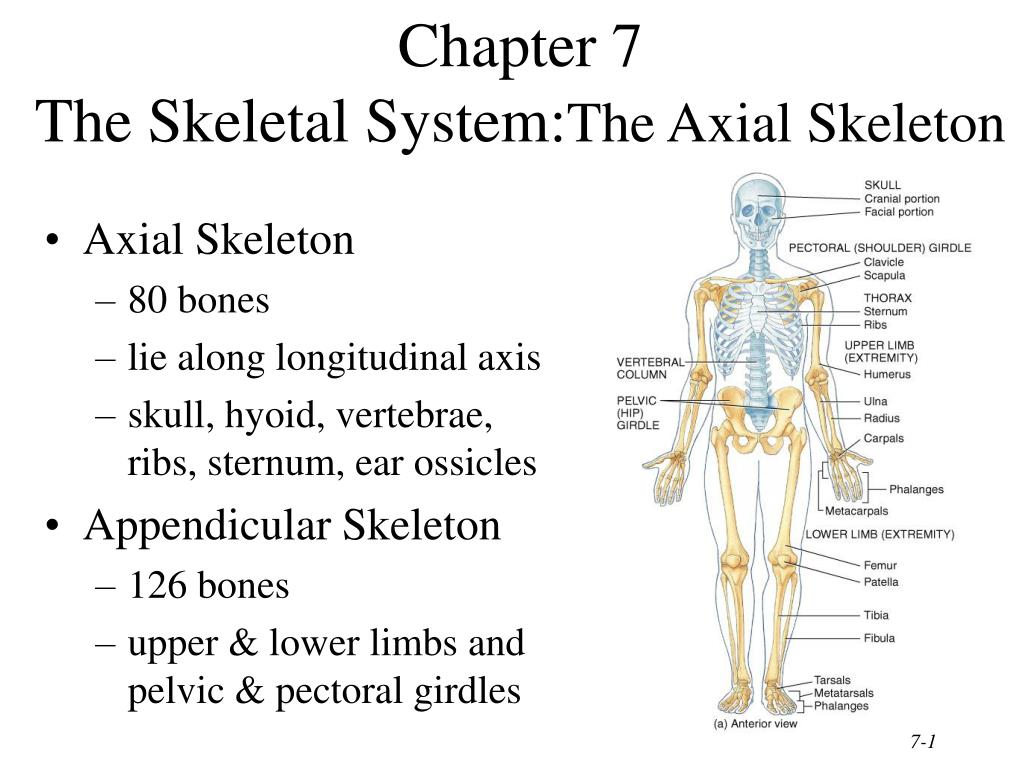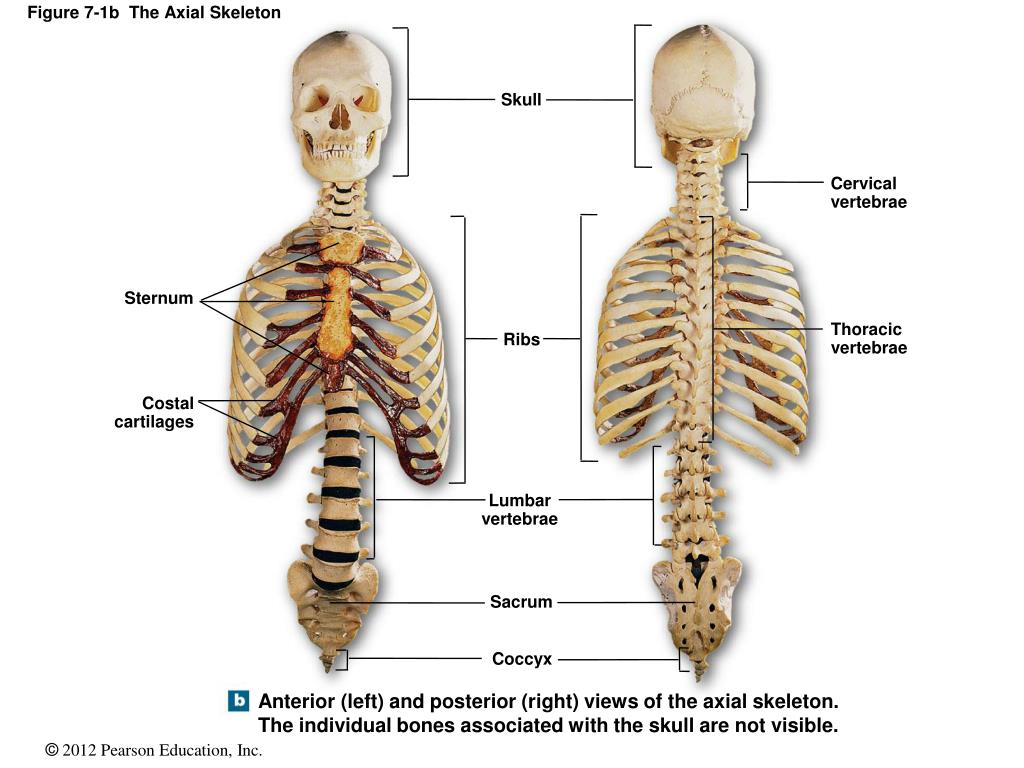Axial Skeleton Biology Diagrams The axial skeleton is the core part of the endoskeleton made of the bones of the head and trunk of vertebrates. In the human skeleton, From Sobotta's atlas of human anatomy 1909. Flat bones house the brain and other vital organs. This article mainly deals with the axial skeletons of humans; however, it is important to understand its

Learn about the axial skeleton, which includes the skull, vertebral column, hyoid bone, sternum, and ribs. The axial skeleton provides support, mobility, protection, and storage for the body.

Description, Characteristics, Anatomy, & Function ... Biology Diagrams
Study with Quizlet and memorize flashcards containing terms like Axial skeleton, Skull, Frontal bone and more. Introduction to Anatomy and Physiology The axial skeleton is a major division of the human skeletal system, consisting of 80 bones. It includes the bones of the head, neck, and trunk.Specifically, the axial skeleton comprises the skull, vertebral column, ribs, and sternum.This central framework supports and protects the brain, spinal cord, and vital organs within the thorax.The skull includes cranial and facial bones, the vertebral Learn about the 80 bones that make up your axial skeleton, which protects your brain, spinal cord and organs. Find out how to keep your axial skeleton healthy and what conditions can affect it.

The axial skeleton is the part of the human skeleton that includes the bones from the body's vertical axis. It consists of 80 bones, such as the skull, vertebrae, ribs, and sternum, that protect and support vital organs and systems.

Structure, Function, Diagram, Significance Biology Diagrams
The axial skeleton is distinguished from the appendicular skeleton, which includes the bones in your shoulders, arms, hands, pelvis, legs, and feet. Bones of the Skull The bones of the skull can be divided into two groups: the cranial bones and the facial bones.
